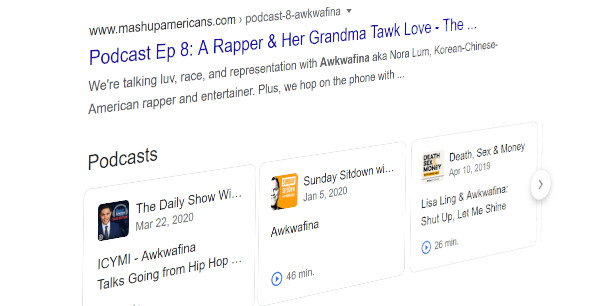🎧 Listen to this post
You may have noticed a trend emerge in the past couple of years that has content creators—ranging from news outlets to scholarly article resources—offering readers the option to listen to their long-form content online. From The Atlantic to The New Yorker to The Economist, audio articles have become ubiquitous.
Unlike podcasts, which require content strategy, production resources, and a distribution plan, audio articles take existing assets and convert them into playable audio files that are served alongside their written counterparts.
But is adding yet another format into the crowded content landscape really going to improve engagement? In a time when we’re consuming more content than ever, adding audio into the mix may seem like adding clutter to an already crowded room. And yet the evidence says otherwise. According to Megan Leap, Content Director at Convince & Convert, audio articles helped increase time on site from four minutes to nine minutes.
Hands-free convenience
With an overabundance of content available online, audiences are no longer struggling to find content they want to consume. Instead, they are struggling to find the time to engage with it. SpeechKit, a tech company that enables news publishers to convert readers into listeners with audio articles, found that the convenience and mobility of audio editions served alongside news articles is giving readers a totally new way to engage with content that matters to them. The numbers speak for themselves: SpeechKit found an average listening time of 3:44 per article—a nearly 300% increase in engagement time relative to traditional text-only content.

Despite initial expectations that audio articles would be primarily consumed on mobile, SpeechKit reports that more than 40% of audio consumption happens on desktop. This “hands-free” approach to long-format content engagement lends itself well to users’ multi-tasking mentality—appealing to audiences who want to mainline content without having to dedicate undivided attention to reading.
As The Atlantic’s EVP of Strategy and Operations, Kimberly Lau, puts it: “Audio articles are about convenience and delivering content in a way that works best for our readers.”
Benefits you can’t ignore
So, as marketers, what opportunities does this application of audio content provide? The way we see it, audio presents three key benefits for brands of all sizes:
-
Accessibility
Audio articles are being used to make long-form journalism more accessible not only to readers strapped for time or short on attention span but also to those with accessibility requirements. For instance, adding audio article content to your site enables busy would-be readers to enjoy content during their commute or while multi-tasking at home or at work. At the same time, it also mitigates challenges faced by users with visual impairments when consuming web content on a daily basis.
Globally, it’s estimated that at least one billion people have a recognised disability, and that they account for annual discretionary spending of almost $7 trillion. This means organisations that make their audio accessible will be better equipped to reach this market and reap benefits including:
- Increased traffic and website use by people with and without disabilities
- An improved user experience for all and enhanced customer satisfaction
- Increased market reach
-
SEO
Creating content that educates, motivates, and engages users is key to building strong site authority. Gone are the days of keyword stuffing, where just loading blog posts up with keywords you want to rank for was enough to boost organic traffic. Now, content must address user needs and be of use to readers to generate the engagement Google prioritises.

The arrival of audio articles coincides with search engines (Google, most importantly) deciding to index audio content. Google explains: “We’ll surface these episodes based on Google’s understanding of what’s being talked about on […], so you can find even more relevant information about a topic in audio form.” With that in mind, audio articles can be considered part of a strong content and SEO strategy for any brand looking to up their game.
-
No startup costs
For content creators looking to add audio to their user or customer experience, audio articles may be a far more cost- and resource-effective way to go. Unlike podcasting, audio articles skip straight past the need to hire talent, build out a production environment, and identify a distribution plan. Instead, they simply convert existing content into shiny new assets.
Launching is simplicity itself—happening, as it does, within existing frameworks—and the results of this low-investment strategy can be significant. This proved to be true for Danish digital magazine, Zetland, who reported their average completion rate for an audio story is 90%.
Curious how you can use audio to amplify audience engagement with your content? We’re all ears. Let’s talk.




